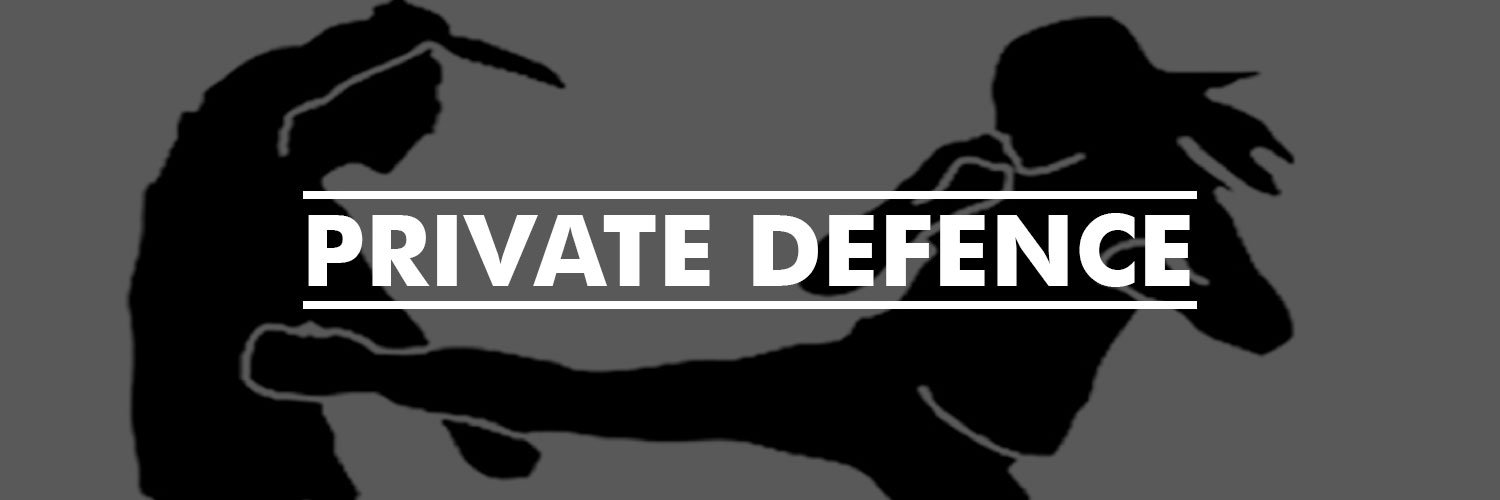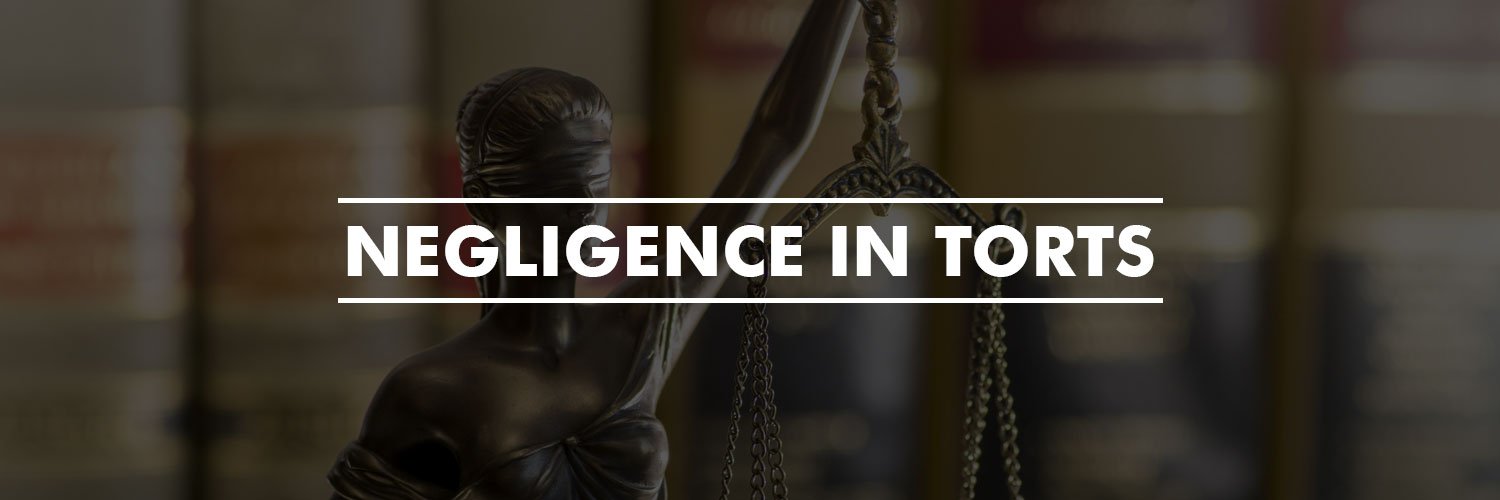SECTION 339 states that “Whoever voluntarily obstructs any person so as to prevent that person from proceeding in any direction in which that person has a right to proceed, is said wrongfully to restrain that person”
Exception: The obstruction of a private way over land or water which a person in good faith believes himself to have a lawful right to obstruct is not an offense within the meaning of this section.
Illustration
X obstructs a path along which Z has a right to pass. X, in good faith, does not believe that he has a right to stop the path. Z is thereby prevented from passing. X wrongfully restrains Z.
INTRODUCTION:
Wrongful restraint is partial restraint of personal liberty of a man. Every man’s person is sacred and free and law penalizes those who abridge personal liberty of another.
This offense is completed when one’s freedom of movement is suspended by act of another “voluntarily”.
INGREDIENTS:
This section consists of the following ingredients:
- Voluntary obstruction of a person.
- The obstruction must be such as to prevent that person from proceeding in any direction in which he has a right to proceed.
OBSTRUCTION:
Here obstruction means physical obstruction, though it may be caused by using
- physical force
- As well as by use of menaces
- Or threats
When such obstruction is wrongful, it becomes wrongful restraint.
It is necessary that one person must obstruct another voluntarily. Thus wrongful restraint means keeping a man/person out of a place where he wishes and desires to, and has the right to be.
ILLUSTRATION:
- A threatens to set a savage dog at Z. if Z goes along a path which z has right to go.
- A builds a wall across a path along which Z has a right to pass.
- A was living in a house. He along with his wife and son goes out for marketing. On his coming back A finds his house locked by B from outside. A is thus prevented from getting into his house where he has the right to enter.
PERSON:
Personal liberty of a person must be obstructed. By a person means a human being. There is no wrongful restraint if the person sitting in a vehicle can get down and walk without obstruction. Where it is found as a fact that the person said to have been obstructed is still able to proceed across the passage in question though he is hindered from driving a bullock cart through the passage, he cannot be said to have wrongfully restrained.
CASES:
- A has taken a house from B on rent. A has gone after closing the house. B puts his own lock on the premises in A’s absence.
- A was on the roof of the house. B removes the ladder and thereby detains A on the roof.
- A and B are co-owners of a well. A prevented from taking out water from the well on the plea that B HAD NOT PAID HIS SHARE OF Expenses incurred on the well.
FOLLOWING ARE THE CASES WHERE THERE IS NO WRONGFUL RESTRAINT:
- A prevents the passage of animals by putting certain obstruction on the road over which B had a right of passage for men and cattle leaving a portion of the way for men to pass.
- A and B are two joint owners of a shop. A put his lock on the shop which was let out by B. the other joint owner without A’s consent. The tenant made a complaint against A. it was held that A had committed no offense inasmuch as A had put his lock to a house of which he was the joint owner and the complainant was his tenant.








